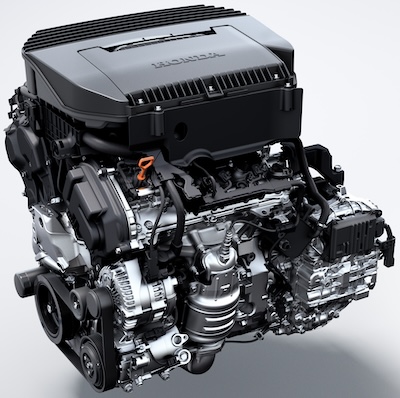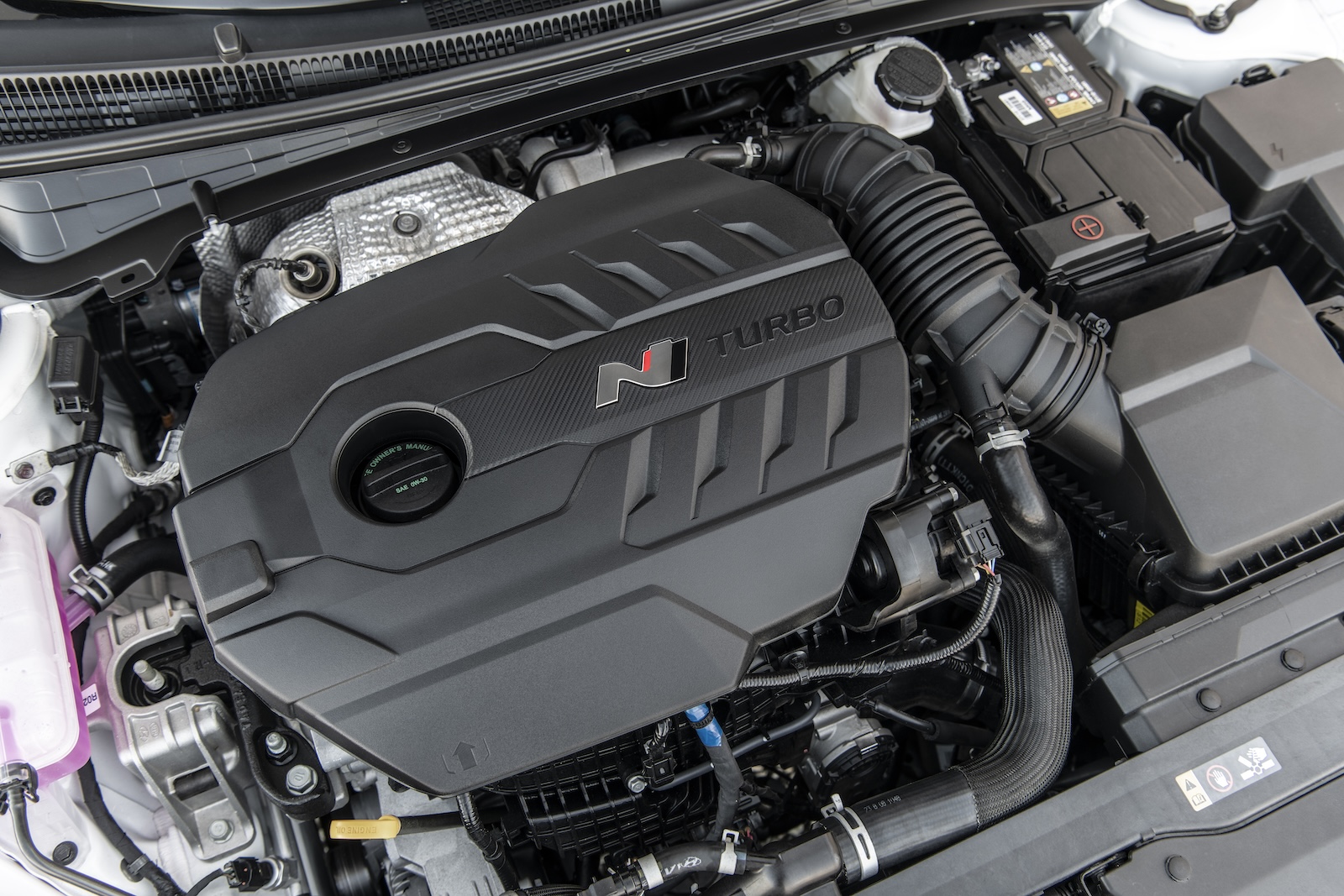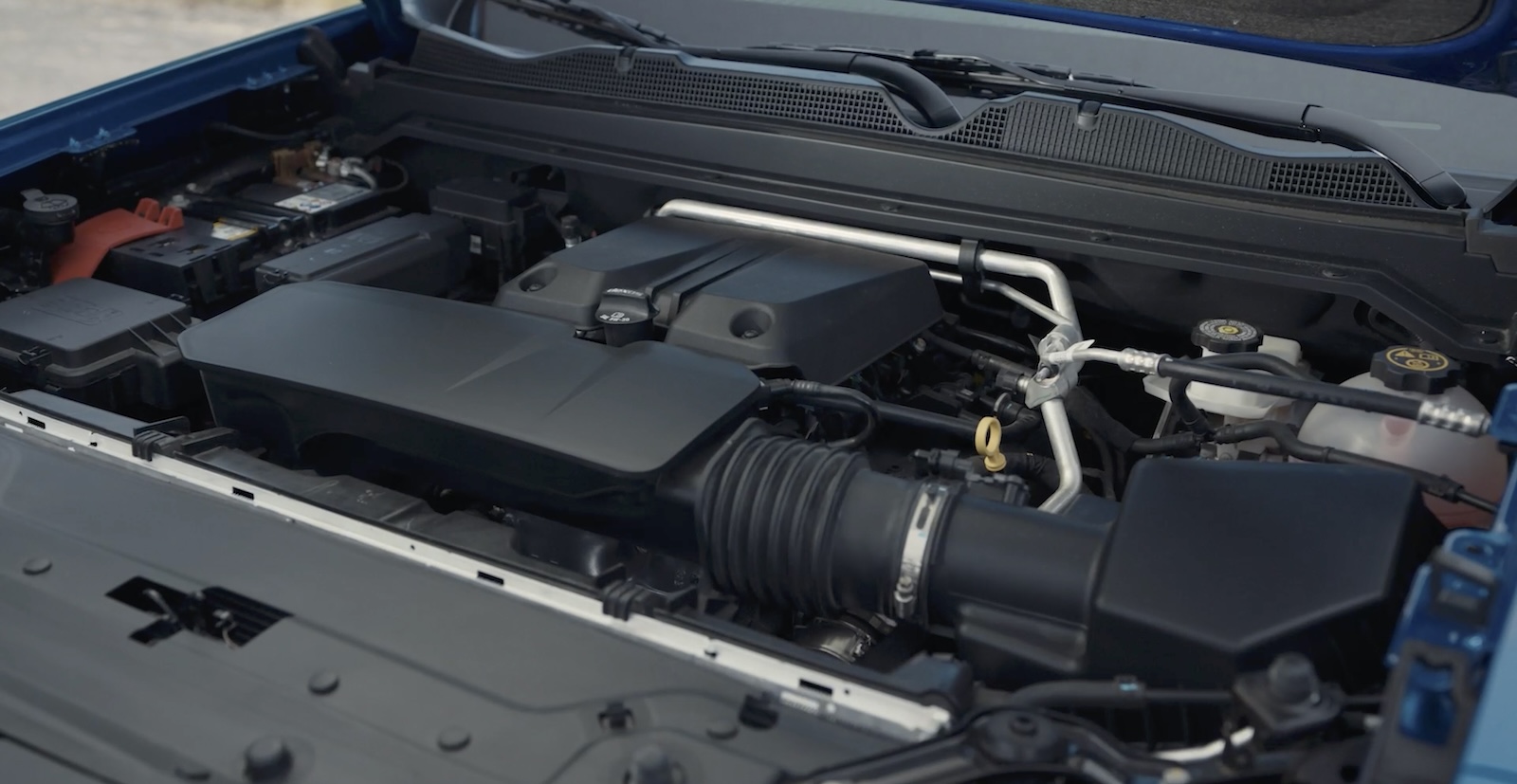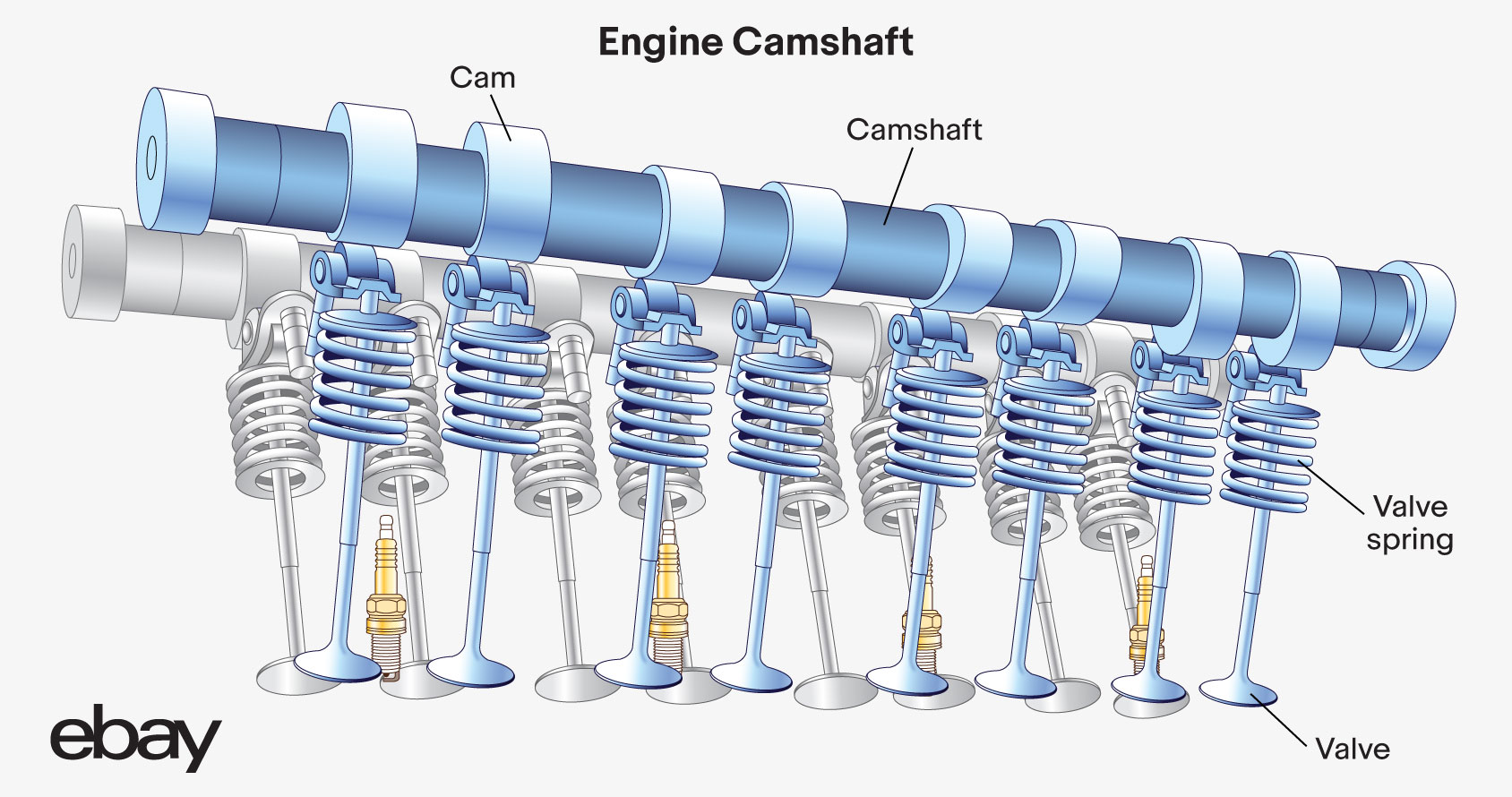Contents
How Does a Camshaft Work?
A camshaft is a length of steel rod with egg-shaped lumps (known as cams) that turns with the engine. The cams are connected to the various valves within the cylinder. As the camshaft rotates, the cams open and close the valves.
Engines use two types of valves for each cylinder. Intake valves bring the fuel/air mixture into the cylinder for combustion. The exhaust valves, on the other hand, allow the exhaust gasses from the burned air-fuel mixture to be expelled from the piston cylinder. After all the exhaust gasses are expelled, the valve closes for the next rotational cycle to begin.
Shop now for intake and exhaust valvesDOHC vs. SOHC
Traditionally, engines used a single camshaft located within the cylinder block itself, and the camshaft operated the valves with the use of pushrods. These pushrod engines typically had two valves per cylinder: one for intake and one for exhaust. These engines had a number of moving parts, but as the camshaft was in close proximity to the crankshaft, the timing chain was usually short and didn’t require as much maintenance. The Chevrolet LS family of V-8 engines is one such pushrod engine still in production.
Related: The Evolution of GM LS and LT Series Engines

Honda S2000 AP2 naturally-aspirated DOHC engine
Otherwise, today’s vehicles typically use either a single or dual overhead camshaft. The main difference between the two is the number of camshafts that operate the intake and exhaust valves.
Single overhead camshaft – SOHC engines have only one camshaft to operate both the intake and exhaust valves. The camshaft is located on top of the engine’s cylinder head. It uses rocker arms—also called valve lifters—to transfer the motion to the valves. SOHC engines typically have two to four valves per cylinder and are generally found on smaller engines.
Dual overhead camshaft – DOHC engines use two camshafts on top of the engine’s cylinder head. Each one controls a different set of valves. DOHC engines typically have four or five valves per cylinder and are commonly found in larger, high-performance engines.
Shop now for camshaftsBenefits of DOHC
Here are some of the key benefits of a DOHC compared to a single overhead cam engine:
Compact size – Engines with overhead cams are smaller and more compact compared to traditional pushrod engines with a conventional camshaft.
Easier air flow – The four-valve design of a DOHC significantly improves the intake and exhaust flow of the engine. Having more valves allows the engine to “breathe” more freely and, in some cases, allows the engine to rev higher.
Easier to implement variable valve timing – Many modern cars use variable valve timing technologies to change when a valve opens or closes based on engine speed and engine load. With separate camshafts handling the intake and exhaust valves, it’s easier and more efficient to control the valves separately. This leads to both improved performance and efficiency.
Improved fuel efficiency – The DOHC setup reduces friction and pumping losses of an SOHC setup. This results in a marked improvement in fuel efficiency.
Vehicles That Use DOHC and SOHC
DOHC engines come in many forms. For example, smaller inline four-cylinder engines that have dual camshafts are quite common. Other vehicles, particularly those with a V-shaped cylinder configuration, often have four camshafts. That’s because the cylinders are not in a straight line, so they use two camshafts for each bank of cylinders. Even though they have four camshafts, they are still called dual overhead cams.
DOHC engines are ubiquitous today. They’re found in most modern vehicles, including almost all performance-oriented vehicles, plus vehicles with turbocharged engines. Here are some notable examples:
Honda

2023 Honda Pilot V-6 engine (Photo: Honda)
Honda’s own in-house-developed variable valve timing and lift electronic control technology (VTEC) uses DOHC to produce high-revving and quick power in some Civic and Acura Integra four-cylinder 16-valve engines.
In 2023, Honda changed their latest 3.5-liter V-6 engine, which powers the new Pilot, to a DOHC design for the first time since its first-generation Acura NSX. Honda has hinted that all future V-6-powered vehicles, such as the Odyssey and Ridgeline, will get the compact DOHC engine.
Ford
Most Ford vehicles with gasoline-powered engines—including the Mustang, F-150, Bronco, and Bronco Sport, Explorer, Expedition, and Edge—use a DOHC engine. Ford produces a variety of DOHC engines like the 2.7-liter twin-turbocharged V-6 Ecoboost, 2.3-liter four-cylinder Ecoboost, 5.0-liter V-8, and 3.5-liter V-6.
Hyundai

2024 Hyundai ElantraN DOHC turbocharged engine (Photo: Hyundai)
Hyundai offers a broad range of vehicles with a choice of primarily three DOHC gasoline and gasoline-electric hybrid engines: 1.6-liter turbocharged four-cylinder, 2.5-liter turbocharged four-cylinder, and 2.0-liter gasoline-electric four-cylinder. The Venue, Kona, Tucson, Santa Fe, Sonata, Elantra, and Santa Cruz are all available with at least one of these options.
General Motors
The GM brand includes Chevrolet, Cadillac, Buick, and GMC. All four include DOHC engine offerings.
Chevrolet offers a 1.2-liter turbocharged three-cylinder DOHC in its Trax and Blazer models, and Buick uses the same engine in its Encore and Encore GX. Chevrolet powers its Equinox with a 1.5-liter turbocharged DOHC four-cylinder, and the larger Traverse and Cadillac XT6 with a DOHC 3.6-L V-6 engine. There’s also a 2.0-liter turbocharged four-cylinder in the Cadillac XT4 crossover.

2023 Chevrolet Colorado ZR2 2.7L DOHC turbocharged engine. (Photo: Chevrolet)
Both the GMC Sierra 1500 pickup and the Chevrolet Silverado pickup offer a 3.0-liter DOHC six-cylinder Duramax diesel. The midsize GMC Canyon and Chevrolet Colorado pickups are powered by a 2.7-liter turbocharged DOHC four-cylinder engine.
Toyota
Toyota offers a wide range of DOHC engines. Camry has both a 2.5-liter four-cylinder and 3.5-liter six-cylinder DOHC available. All Corollas use a 2.0-liter four-cylinder DOHC, and Venza uses a 2.5-liter four-cylinder DOHC hybrid powertrain. The RAV4 has both a 2.5-liter four-cylinder and a four-cylinder hybrid DOHC.
The midsize Tacoma pickup and Highlander crossover are available with a 2.4-liter four-cylinder gas or gas-electric hybrid, both of which use DOHC. The Tundra pickup and Sequoia SUV are powered by a 3.5-liter turbocharged DOHC V-6, and the 4Runner uses a 4.0-liter six-cylinder DOHC. The Supra GR has a 3.0-liter DOHC V-6.
DOHC Is Everywhere
Dual overhead camshaft multi-valve engines are ubiquitous. We mentioned a few specific automakers and their models, but these engines are found in vehicles from almost every automaker, including Nissan, Kia, Dodge, Volkswagen, and more.
DOHC engines with 16, 24, and 32 valves have become the gold standard for automakers. It comes down to the excellent performance and efficiency technology these engines deliver.
Shop now for camshafts





